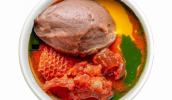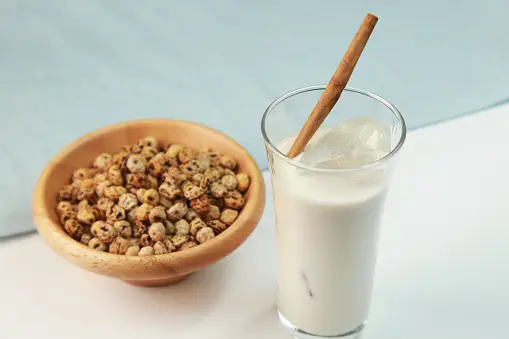Custard is a nutritional meal essential for cell growth and bone strengthening. Regardless of its benefits, the issue of custard being good for kids is of common concern to many parents. This article seeks to explore what custard is, what nutrients it offers, and answer the question, Should you feed your infants custard?
Is custard safe for infants?
Custard is safe for babies from 6 months and above, especially those ready to eat solid foods. Custard is rich in nutrients that can aid the growth of your baby and most importantly it's a meal that is easy to make. Store-bought custard is made with custard, milk, and sugar and sometimes may contain flavoring that appeals to your baby. However, it's important to introduce it carefully and in moderation.
These store-bought custards may contain additives or high amounts of sugar, so it's best to check ingredients and stick to age-appropriate portions.
Health benefits of custard
Here are the health benefits of custard for your baby:
- Protein for growth and development
- Calcium and vitamin D for strong bones and teeth
- Choline for brain and nervous system development
- Easier to digest than regular milk for sensitive tummies
- Vitamin B12 for energy and red blood cell formation
- Riboflavin for glowing skin and hair growth
Is custard better than pap for infants?
When feeding infants, custard and pap (a traditional Nigerian porridge) are both options that can provide nourishment, but they differ in their nutritional composition and preparation methods. Custard is made by combining milk, eggs, butter, sugar, cornstarch, and vanilla extract. While it can be a good source of protein, calcium, and vitamin D, store-bought varieties often contain high amounts of added sweeteners, preservatives, and artificial flavors and colors, which makes them less healthy.
Homemade custard, though higher in carbohydrates and fats than powdered versions, is still considered a treat rather than a primary source of nutrition for infants. On the other hand, pap, also known as akamu or ogi, is a porridge made from fermented corn. It's a nutritious blend of carbohydrates, protein, minerals, vitamins, and fats, including beneficial omega-3 fatty acids that aid brain development. When prepared from scratch using fermented corn, pap is a natural and healthy option that can provide fiber, vitamins, and minerals, making it a valuable addition to a baby's diet.
While custard and pap offer nourishment to infants, they have distinct nutritional profiles and preparation methods that impact their overall nutritional value. Pap is a more natural and nutrient-dense choice that can provide a range of essential vitamins, minerals, and fiber. Custard can contribute protein, calcium, and vitamin D, but it may also contain added sugars, preservatives, and artificial ingredients, depending on how it's prepared.
How to make custard for infants
The key to making custard is getting the right brand. Look for ones that use real milk, eggs, and vanilla instead of artificial flavors. Once you've got your custard, the rest is easy.
Grab a kettle and boil a sizable amount of water in it.
Pour the custard straight from the carton, and mix with a small amount of water to dissolve all lumps.
Pour the boiling water into the mix of custard and water, stirring frequently with a whisk until it starts steaming and thickens up a bit, about 5-7 minutes.
Spoon it into cups or bowls and let it cool slightly before giving it to your baby.
You can add milk, especially for your baby, and some fruit mix if your baby can take them in.
Although custard may be used for infants it is not the most preferable option for them. Try other foods or homemade meals as these are safer and better for your baby.










Comments